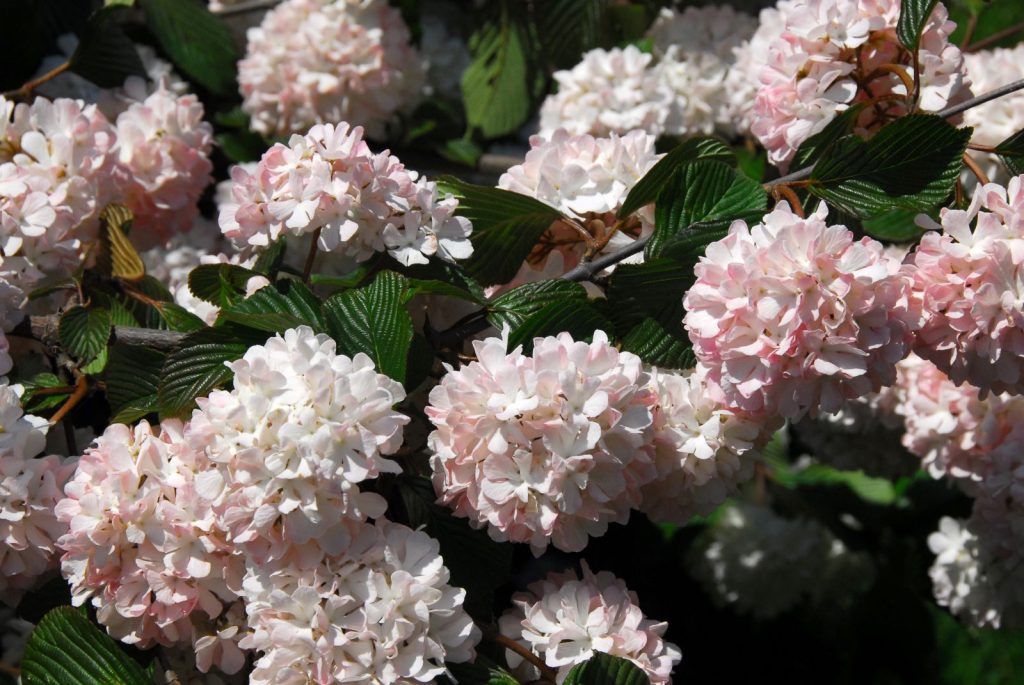The Pesky Viburnum Leaf Beetle
Viburnum leaf beetles are small brown/black beetles, considered an invasive pest insect in Maine and native to most of Europe and parts of Asia, that emerge in the spring as larvae from eggs laid on the underside of viburnum twigs. Larvae go through three instars, or stages, before they become adults in late July. In all stages of their life cycle they feed on viburnum leaves. Because they crawl into the ground and stop feeding for a while when they pupate into beetles, then reemerge to feed once more, it can seem like there are multiple generations in one year. As adults, they mate and start laying eggs on the underside of the twigs up until the first frost when the adults die off. In each egg-laying site there are about eight eggs. These eggs are covered with a cap constructed from chewed bark that the females deposit over the eggs to protect them.
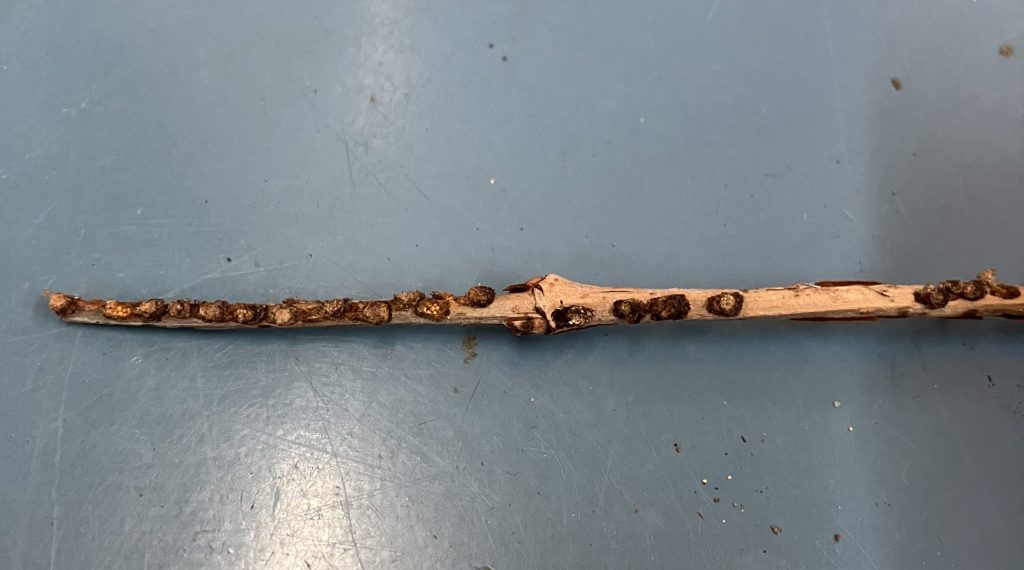
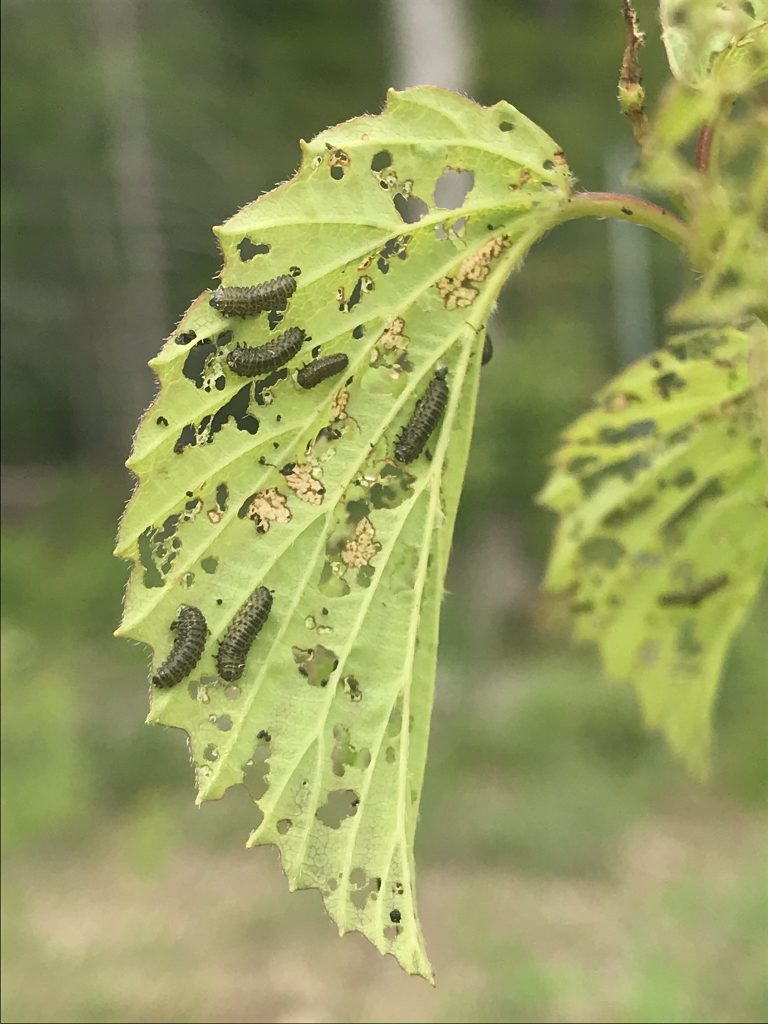
But here’s the question—how do you get rid of them? The best control is through pruning since the beetles lay their eggs on the underside of the recent year’s growth. In other words, the eggs are deposited on small twigs that will hardly be noticed if pruned off. The best time to prune is October through the end of April, before larvae start emerging. Once pruned off, collect the twigs and branches and destroy them. They make great kindling for those early spring fires! Once you have identified that your viburnums have the pesky beetle, it’s best to keep checking them every winter for more eggs. The population after the first year will be greatly reduced, and a small amount of pruning here and there should keep them in check.
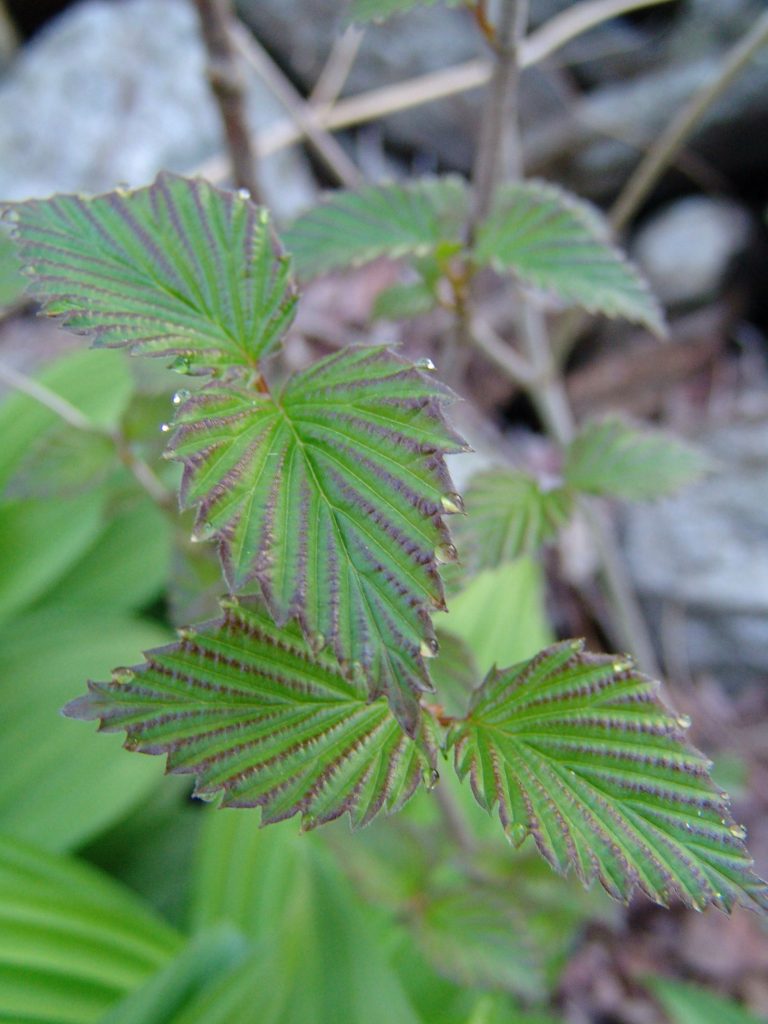
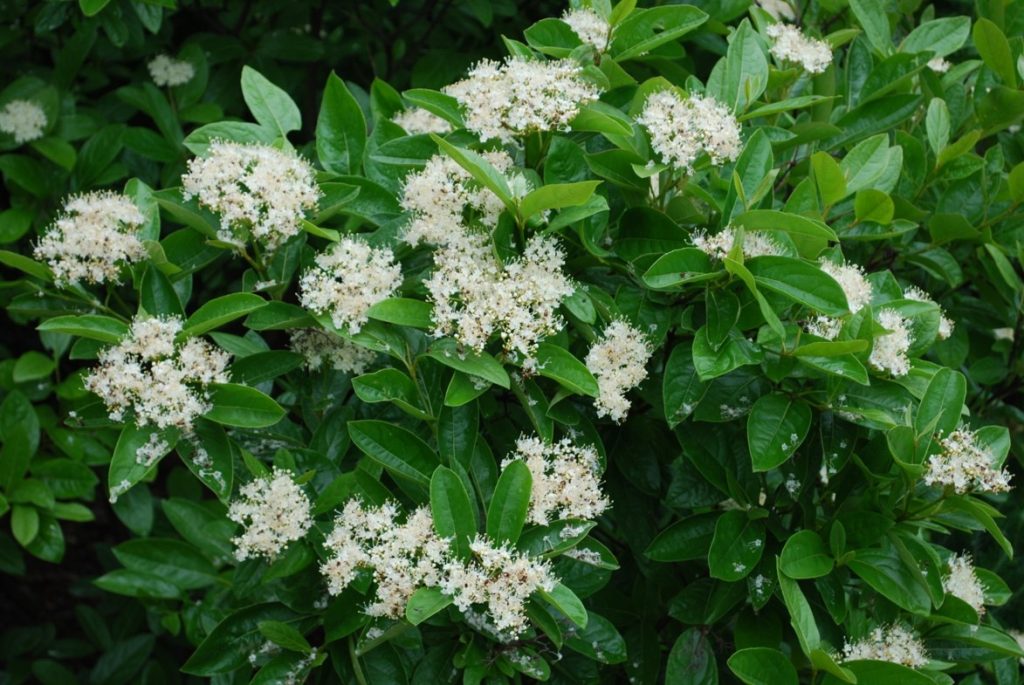
Here’s a list of susceptible viburnums:
V. dentatum, arrowwood viburnum
V. nudum, smooth witherod
V. opulus, European cranberrybush
V. opulus ssp. trilobum, American cranberrybush
And resistant viburnums:
V. x bodnantense, Bodnant viburnum
V. carlesii, Koreanspice viburnum
V. rhytidophyllum, leatherleaf viburnum
V. setigerum, tea viburnum
Source and more information: http://www.hort.cornell.edu/vlb/suscept.html
